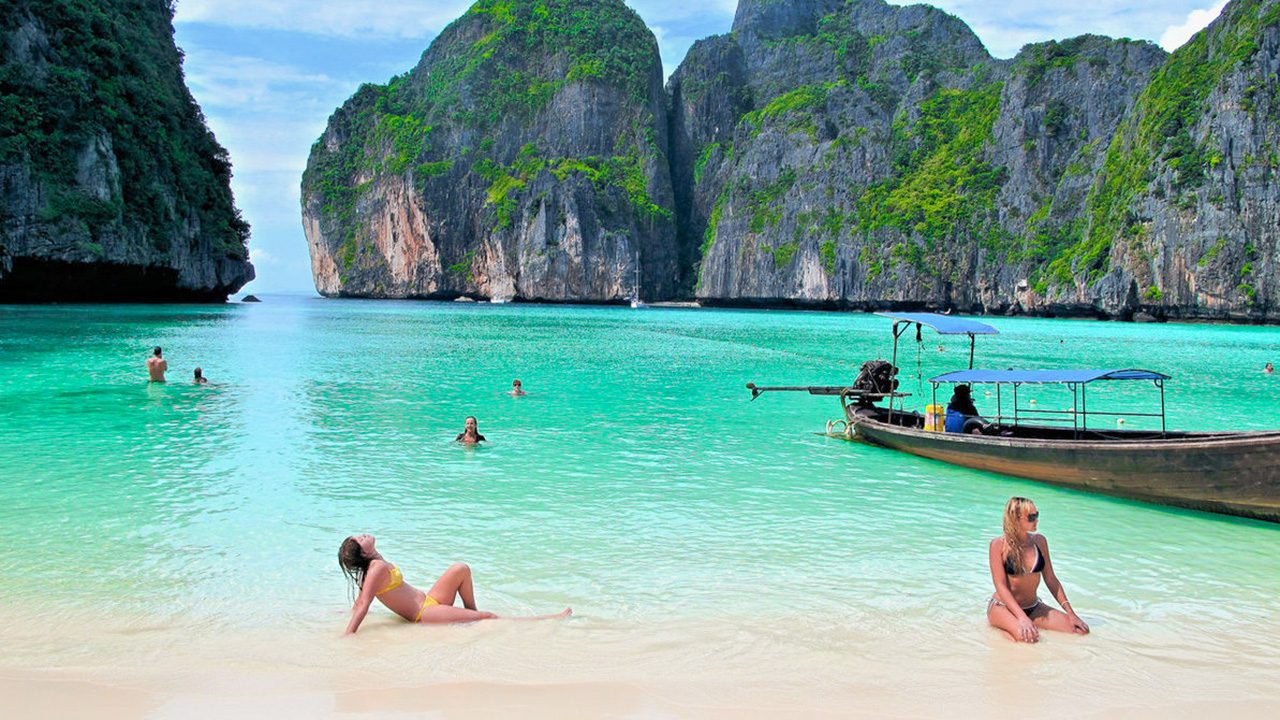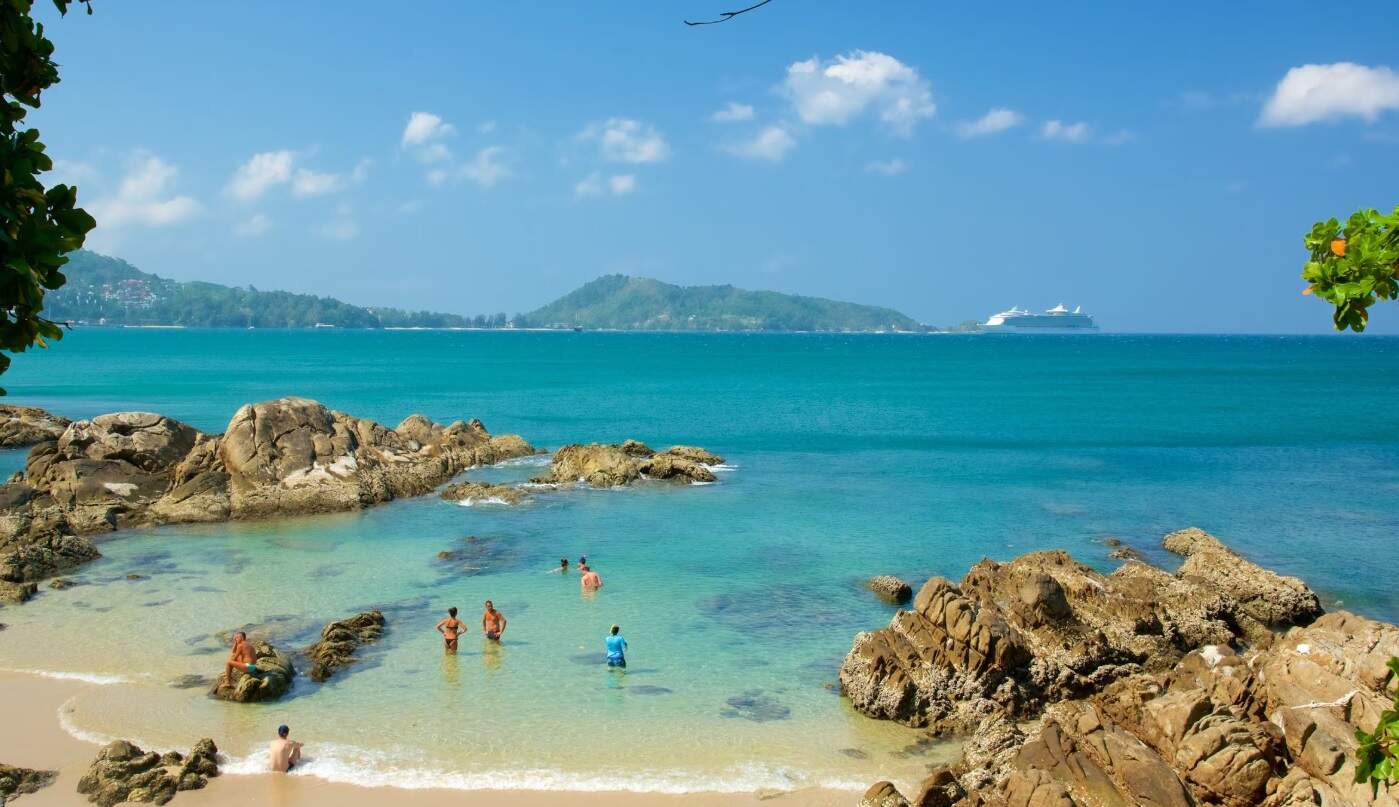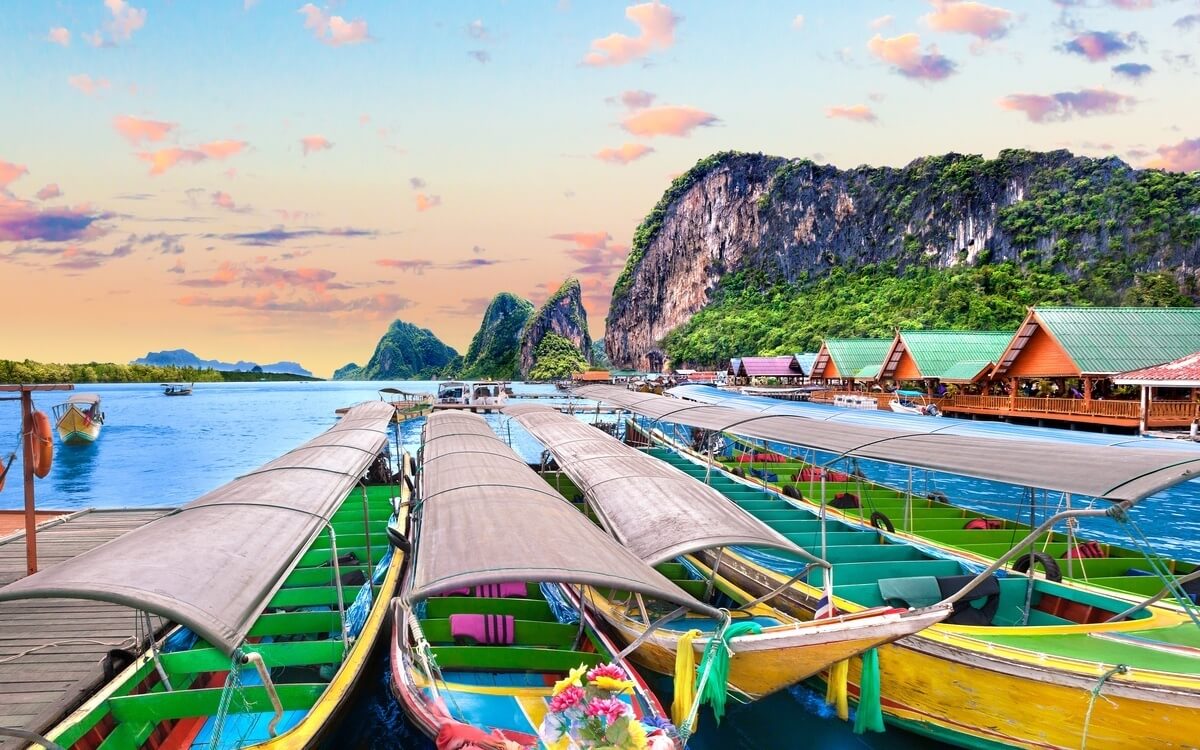Phuket, Thailand’s largest island, is now synonymous with stunning beaches, vibrant nightlife, and luxurious resorts. It welcomes millions of visitors annually, drawn to its turquoise waters, world-class hospitality, and the perfect balance of relaxation and adventure. But before it became one of Southeast Asia’s most sought-after vacation spots, Phuket had a long and fascinating history shaped by maritime trade, tin mining, and rubber plantations.
Nestled along ancient trade routes, the island was once a crucial stop for merchants from China, India, the Middle East, and Europe. Its strategic location and rich natural resources played an essential role in its development, particularly during the tin mining boom in the 19th and early 20th centuries. Over time, Phuket transformed from an economic hub into a global tourism hotspot, evolving alongside Thailand’s growing reputation as a premier travel destination.
Phuket Before Tourism

Before the rise of tourism, Phuket’s economy revolved around tin mining and rubber plantations. The island’s rich tin deposits attracted traders and entrepreneurs, particularly from China and Europe, fueling economic prosperity. The influx of Chinese immigrants, mainly from Hokkien-speaking regions, left a lasting cultural impact, evident in Phuket’s architecture, cuisine, and traditions.
Phuket Old Town, a historic district at the heart of the island, flourished during the tin mining era. The wealth generated from mining led to the construction of Sino-Portuguese mansions and shophouses, many of which still stand today as a testament to the island’s heritage. Alongside mining, rubber plantations became another key industry, ensuring continued economic stability even as tin mining declined.
As trade and industry thrived, the need for accommodations grew. The On On Hotel, Phuket’s first hotel, was built in 1921, offering a modest yet comfortable stay for merchants and travelers passing through. Decades later, in 1961, the Thavorn Hotel opened, introducing a more modern hospitality experience. These establishments laid the foundation for Phuket’s tourism sector long before the island’s beaches became the main attraction.
How Phuket Compared to Other Beach Destinations in Thailand

While Phuket remained a thriving economic center, tourism in Thailand began to take shape in other areas, particularly in Pattaya. In the 1960s, Pattaya rose to prominence as a popular beach destination, largely due to the presence of American servicemen stationed in the region during the Vietnam War. Its proximity to Bangkok made it easily accessible, leading to rapid development of hotels, bars, and entertainment venues.
Related article: Partying in Paradise: The Best Nightclubs and Beach Bars in Phuket
Compared to Pattaya’s bustling nightlife scene, Phuket remained relatively undiscovered by international tourists. It was known more for its local industries than its beaches. That, however, was about to change.
Key Turning Points in Phuket’s Tourism Boom
1970s: The First Steps Toward a Beach Destination – Phuket’s transformation into a major tourist destination began in the 1970s when adventurous backpackers started venturing beyond Thailand’s capital and northern regions. Patong Beach, now one of the most famous beaches in Asia, saw its first beachside bungalows emerge, catering to travelers looking for an affordable island escape.
A significant milestone came with the construction of Phuket International Airport, making the island more accessible to domestic and international travelers. With easier access and growing interest, word quickly spread about Phuket’s breathtaking coastlines and laid-back island lifestyle.
Related airport: New International Airport in Phuket to be Completed in 2025 to Boost and Support Tourism Growth
1984: The Arrival of International Flights – The real turning point came in 1984 when Phuket began welcoming direct international flights. Suddenly, the island was no longer just a hidden paradise for adventurous backpackers—it was an emerging global tourist hotspot. More hotels and resorts were developed to accommodate the increasing number of visitors, marking the beginning of Phuket’s rise as a mainstream travel destination.

1987: The Birth of Luxury Travel in Phuket – While the early days of tourism in Phuket were driven by budget travelers, the opening of Amanpuri in 1987 ushered in a new era of luxury travel. This high-end resort introduced a new standard of hospitality, attracting affluent visitors looking for an exclusive island retreat. Amanpuri’s success inspired the development of more high-end resorts and Phuket luxury villas, cementing the island’s reputation as a premier destination for discerning travelers.
The Future of Phuket as a World-Class Destination
Phuket’s evolution from a tin mining hub to a world-famous tourist destination is a testament to its adaptability and enduring appeal. Today, it offers something for every traveler—from bustling nightlife and best beaches to hidden coves and serene, ultra-luxurious retreats. The rise of Phuket villa rentals both traditional and modern in design has further enhanced its allure, providing visitors with private, high-end accommodations that blend comfort with stunning natural beauty.
Looking ahead, Phuket continues to evolve, focusing on sustainable tourism, eco-friendly developments, and preserving its rich cultural heritage. With improved infrastructure, luxury experiences, and conservation efforts, the island is set to maintain its position as a top global destination.
For those seeking to experience the new Phuket—where history meets luxury—there’s no better way than staying in a private villa. Book a Phuket luxury villa today and discover the perfect blend of heritage, relaxation, and world-class hospitality.
–
Featured Image by Holidify





